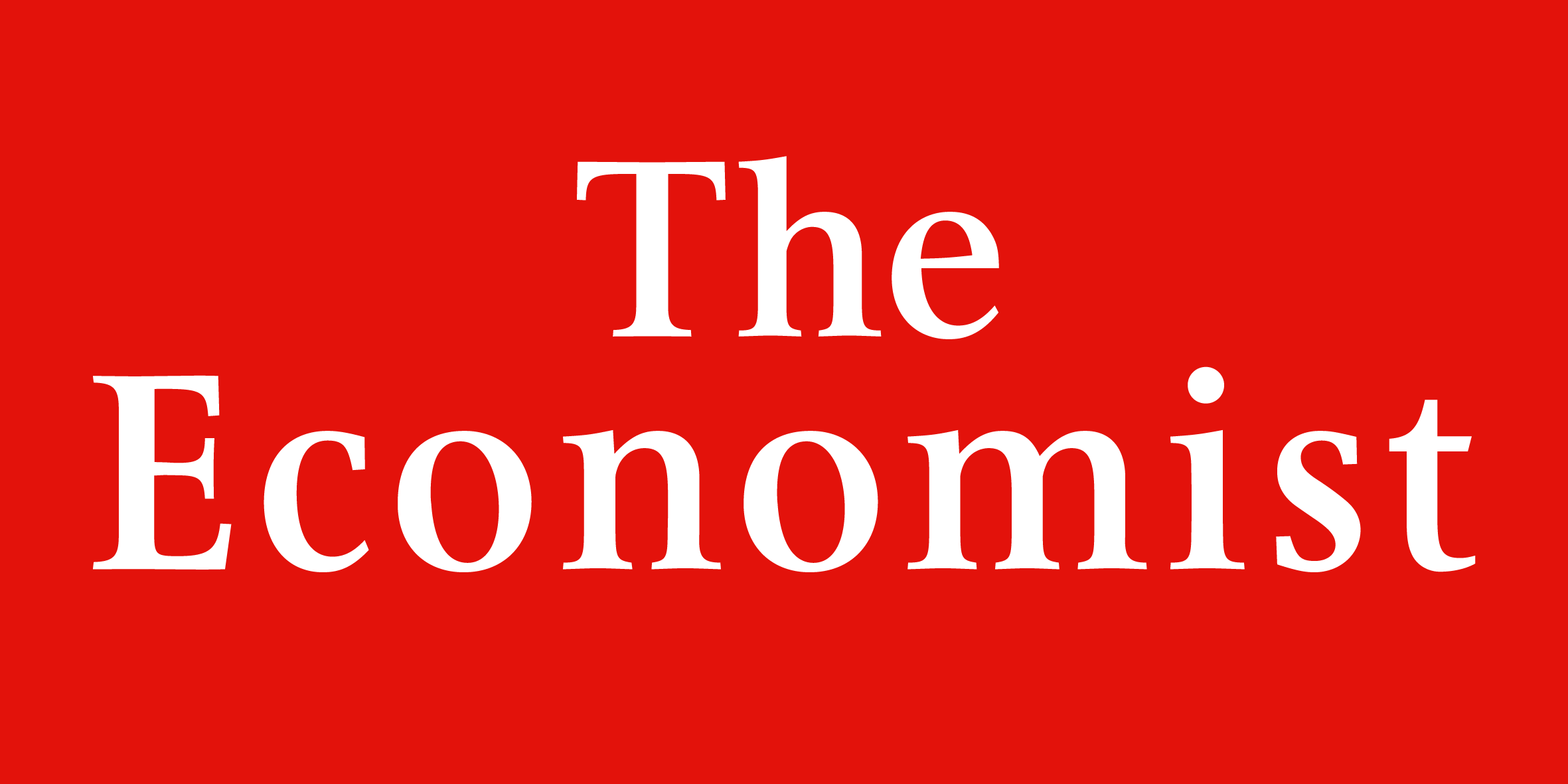Big carmakers are placing vast bets on electric vehicles
The Economist writes that back in 1900, only one in three cars on American roads ran on volts. Then oil began gushing out of Texas. Cheaper than batteries, and easier to top up, petrol fuelled the rise of mass-produced automobiles. Cost and worries about limited range have kept electric vehicles (evs) in a niche ever since. Tesla, which has made battery power sexy again in the past decade, produced just 250,000 units last year, a fraction of what Volkswagen or Toyota churn out annually. For every one of the 2m or so pure evs and plug-in hybrids, which combine batteries and internal-combustion engines (ices), sold in 2018, the world’s carmakers shifted 50 petrol or diesel cars…





